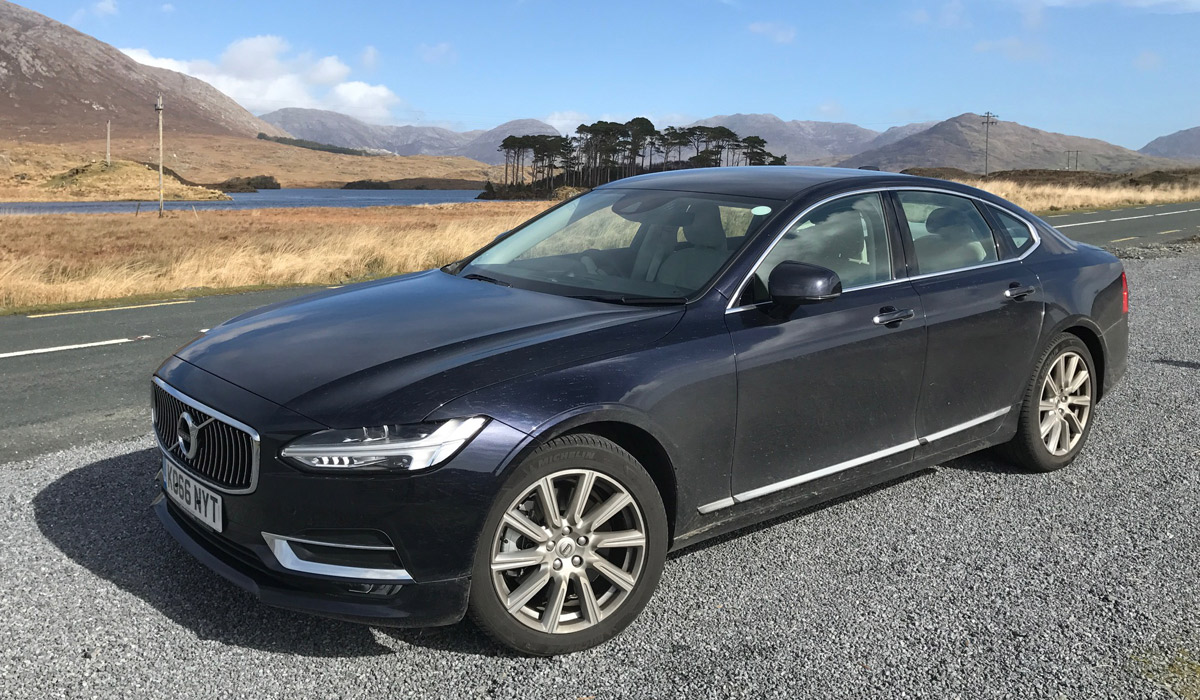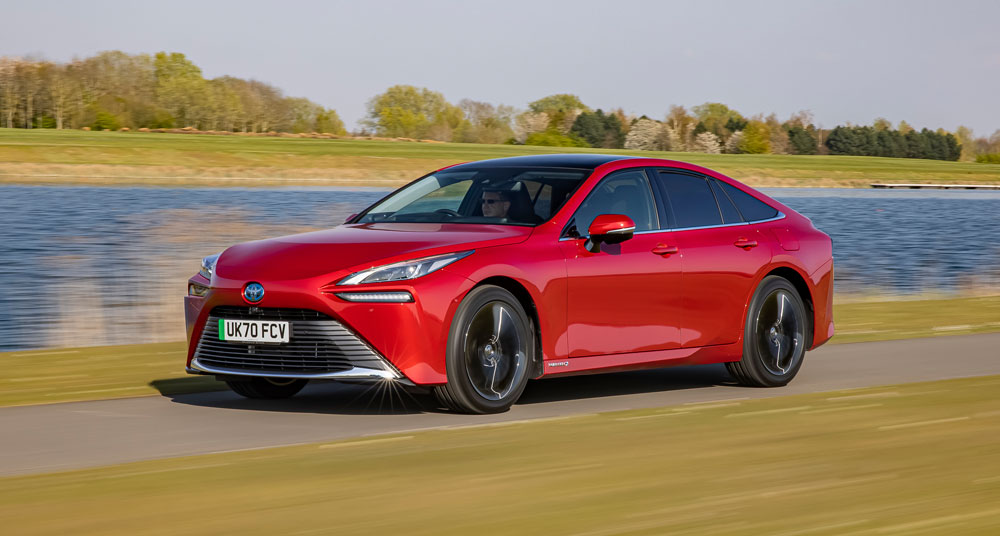
Toyota
Mirai
The Mirai is Toyota’s hydrogen fuel cell powered four-door saloon. Now in its second generation, the stylish five-seater is packed with technology, boasts a wealth of safety kit and offers great driving dynamics. It can be driven for up to 400 miles between top-ups and the cost has dropped by almost a quarter compared to the first generation car.
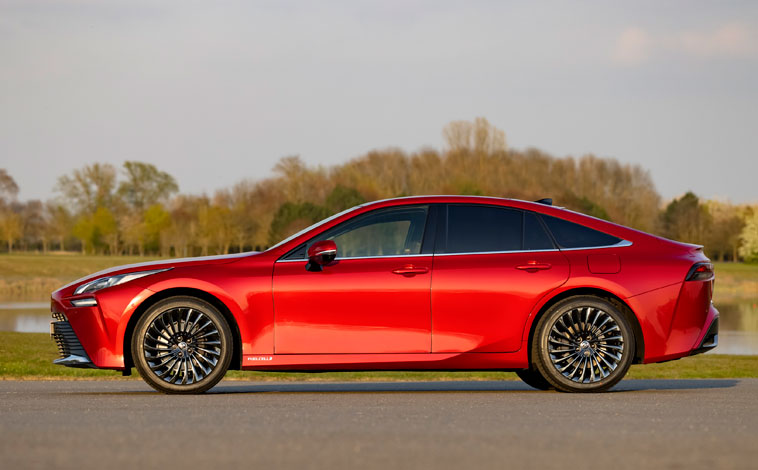
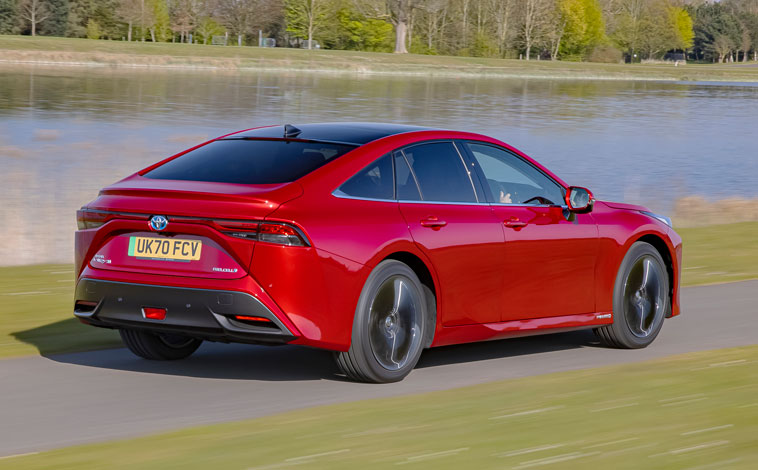
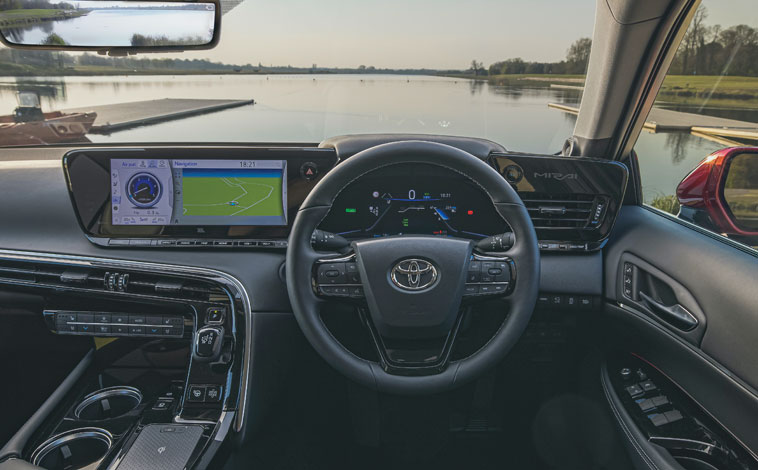
The good
Styling, handling and emits only waterThe bad
Poor infrastructure to support hydrogen fuel cell cars right nowTech Specs
Test Drive
Toyota Mirai – First Drive (2021)
Toyota has a world-renowned reputation for developing outstanding hybrid cars and now the second-generation hydrogen fuel cell-driven Mirai model – that emits nothing but water – has gone on sale.
The Japanese car maker began working on hydrogen fuel cell electric vehicles (FCEV) back in 1992 and the first Mirai was launched to world markets from 2014.
But now, the new 2021 model takes FCEV technology to a much higher level by offering up to 400 miles before filling up and zero emissions along the way.
And the good news doesn’t end there because new Mirai costs about 24 per cent less than the outgoing version with buyers able to choose from three trim levels called Design, Design Plus Pack and Design Premium Pack costing £49,995, £53,995 and £64,995 respectively.
The rear-wheel drive, four-door saloon has striking looks with a wide front and rear end plus a low centre of gravity. There is a trapezoidal lower grille and the front lights are arranged in a two-tier design with the L-shaped daytime running lights extending into the front wings.
Moving to the back of the car, the rear light units extend from left and right meeting at the centre where the Toyota badge is positioned.
Design and Design Plus Pack models are fitted with 19-inch wheels, with Design Premium Pack versions gaining 20-inch black painted rims with a turbine pattern.
The interior is very modern and clutter-free with the 12.3-inch multimedia infotainment screen flowing into the driver’s display screen. The switches and controls are well laid out and kept quite small in size, but they are easily located as they are cleverly grouped in different zones according to function.
The latest Mirai is built on Toyota’s GA-L platform and that has allowed the fuel cell stack and drivetrain components to be repackaged in a more efficient way. As a result, the Mirai is now a five, not four-seater car and it is fitted with three high-pressure hydrogen tanks rather than two.
That in turn means the car can hold 5.6kg of hydrogen compared to 4.6kg on the outgoing model and has an improved driving range of up to 400 miles between filling up – a process that takes minutes similarly to traditional fuel pumps with costs on a par to petrol.
The new architecture also means the fuel cell positioning has been altered, along with the high-voltage battery and electric motor, giving the car a 50:50 front to rear weight distribution for improved poise and balance.
New Mirai has also had a growth spurt – it’s 70mm wider, 85mm longer, with a 140mm longer wheelbase. But its height has been reduced by 65mm so it has a more dynamic stance when viewed from every angle.
Finally, a weight loss along with a 12 per cent increase in power speaks for itself when it comes to performance. There is a total power output of 180bhp and 300Nm of torque and that translates into a 0-62mph sprint time of 9.0 seconds (0.6 seconds faster than the first-generation model) and a maximum speed of 108mph.
We tested the range-topping Mirai Design Premium Pack on a variety of roads and it impressed on every count. The instant torque is immediately apparent and there is also improved mid-range acceleration where the previous model lagged a little. This helps make light work of overtaking slower vehicles.
The new multi-link suspension design, the lower centre of gravity and increased body rigidity help to deliver superior driving dynamics and that’s very apparent out on the twisting B roads as the Mirai attacks bends and accelerates away from tight corners with the Active Cornering Assist improving the car’s stability.
On motorways, the drive is relaxed as the vehicle cruises with ease at the national speed limit and there is an active sound control system that delivers noise through the speakers depending on the throttle use.
Driver visibility is excellent and the Mirai is a relaxing car to drive – even after a two-and-a-half-hour run without breaks, I was still sitting comfortably.
On-board technology and creature comforts are plentiful too with all cars featuring heated seats, a 14-speaker JBL sound system, Apple CarPlay or Android Auto smartphone connectivity, DAB radio, Bluetooth, a navigation system, dual-zone air conditioning, LED headlights with automatic high beam and a power-adjustable driver’s seat.
Design Plus Pack models gain a heated steering wheel, ambient lighting, intelligent parking sensors and blind spot monitor and the Design Premium Pack is equipped with a head-up display, wireless phone charger, panoramic glass roof, heated and ventilated front and outer rear seats, power steering wheel adjustment and plenty more besides.
The deep boot can swallow 321 litres of kit with under-floor and side storage options, and there is also an illuminated glovebox, door bins, a sunglasses compartment, central console box and cup holders.
New Mirai boasts all the Toyota Safety Sense suite of features providing the latest active safety and driver assistance aids available. These include a pre-collision system with an emergency steer function, automatic high beam, intelligent adaptive cruise control with lane departure alert and lane trace assist, plus a full suite of airbags.
Additional safety kit, according to trim, includes rear cross traffic alert with auto brake and intelligent clearance sonars, also with auto brake and a blind spot monitor.
The fuel cell stacks and hydrogen tanks are well protected in the event of a collision with a strong body frame that absorbs impact and additional aluminium reinforcement to protect the front end of the car. In addition, sensors will detect any hydrogen leakage and warn the driver via the instrument display.
Top models gain a digital rear-view mirror and panoramic view monitor for clear visibility even when the car is full of passengers and the latest Mirai boasts a more powerful braking system too.
With water as the only by-product from the fuel cell process, it is discharged through a waste pipe which the driver can control to avoid water being released in areas such as driveways or garages.
Toyota has clocked up 16 million hybrid vehicle sales globally bringing the technology to the masses and helping to save millions of tonnes of carbon emissions. This latest Mirai will continue that trend and introduce newer technology along the way as the hydrogen infrastructure begins to grow throughout the UK.
Latest Related NEWS
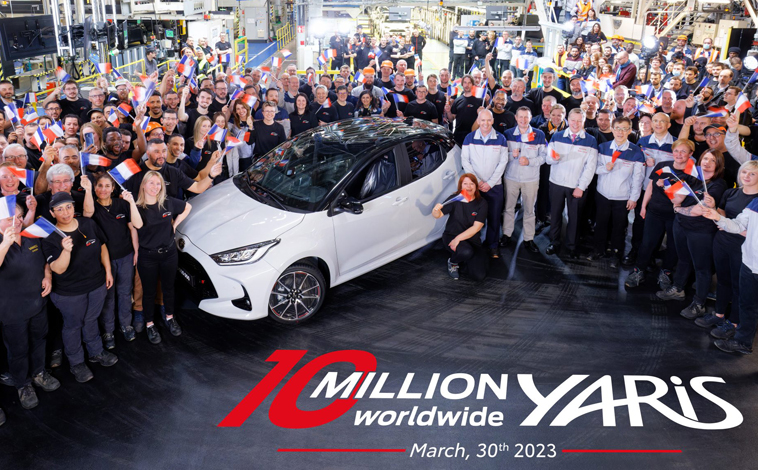
Yaris celebrates 10 million global sales
The ever-popular, multi-award-winning Yaris nameplate has reached 10 million cumulative worldwide sales, performance [...]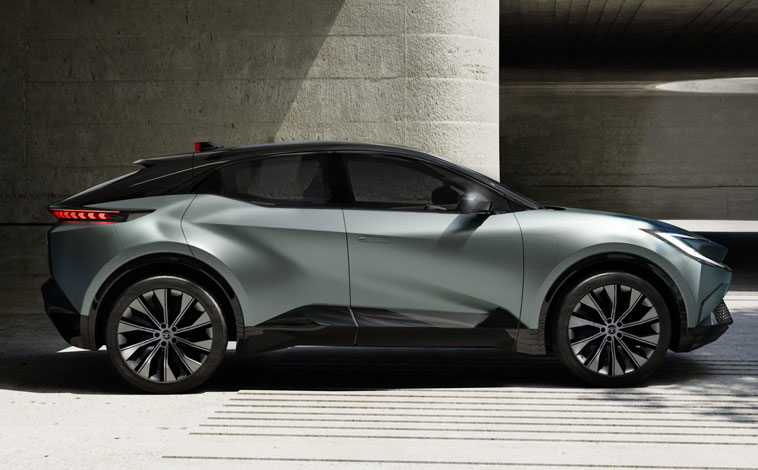
A look at Toyota’s electric concept SUV
The Toyota bZ Compact SUV Concept has made its European debut, giving a [...]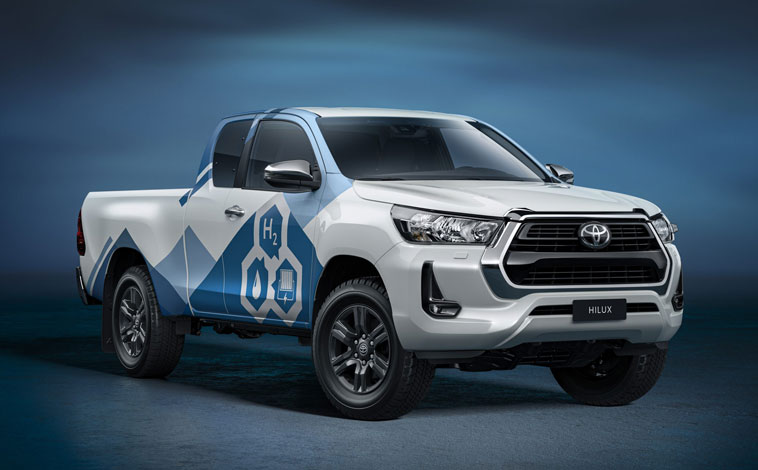
A hydrogen-powered Toyota pick-up
D2H Advanced Technologies is working as part of a consortium of leading British [...]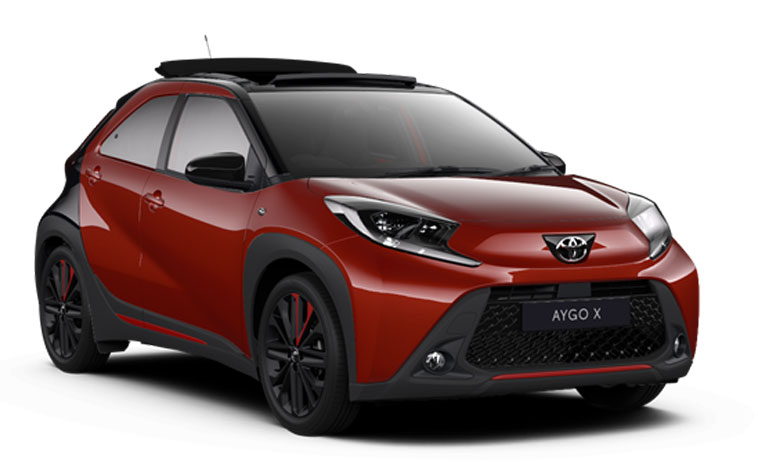
Open-top fun with new Aygo X model
Aygo X, Toyota’s muscular mini-SUV, opens up to the great outdoors with a [...]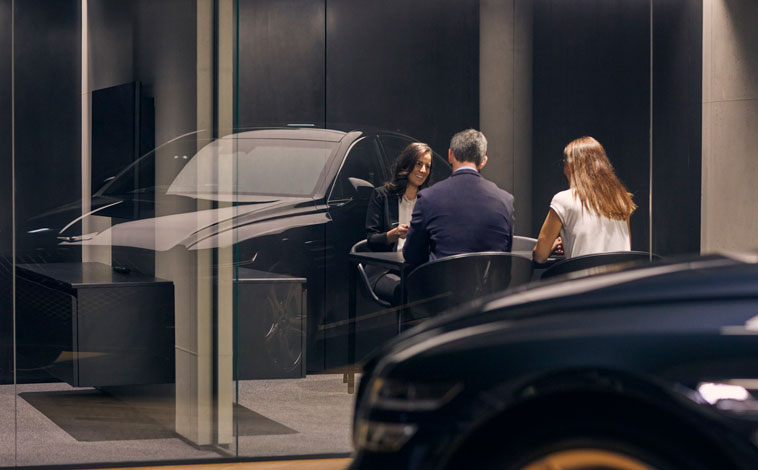
Genesis expands its at-home test drives
Genesis UK has announced it has expanded its at-home test drive programme to [...]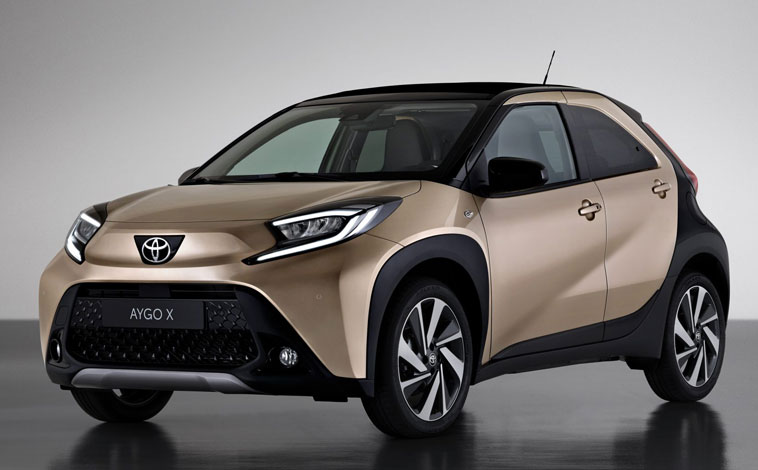
Introducing the striking Toyota Aygo X
Hot on the heels of its world premiere, the all-new Toyota Aygo X [...]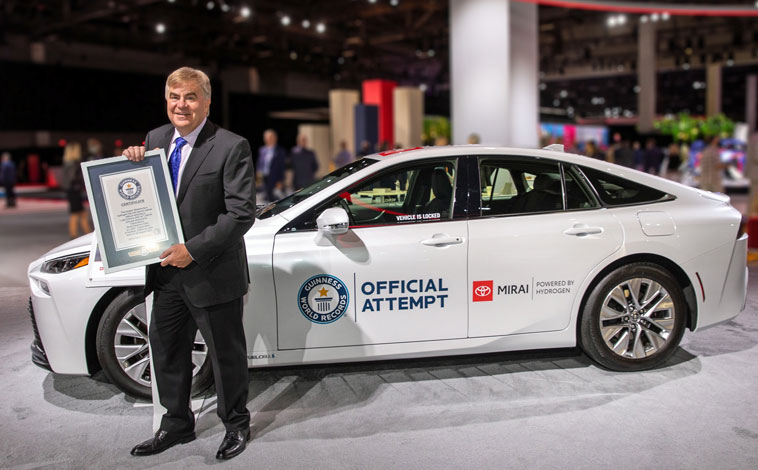
Toyota Mirai sets a new world record
The new Toyota Mirai has set an official Guinness World Records title for [...]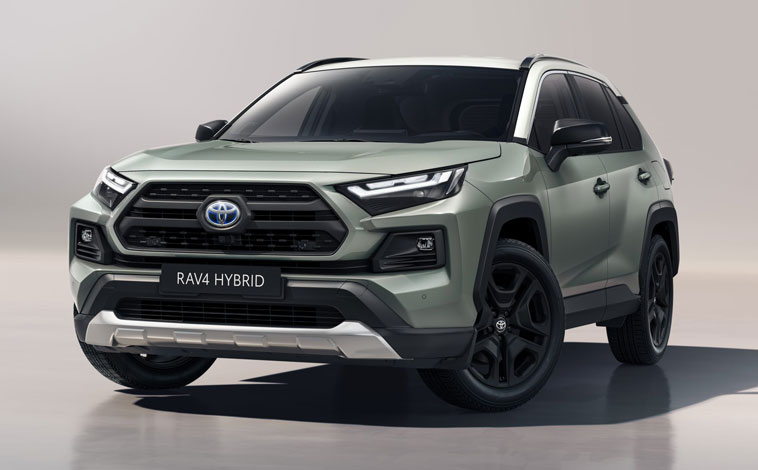
Toyota RAV4 goes on an Adventure
Toyota is widening the authentic SUV appeal of the RAV4 with the introduction [...]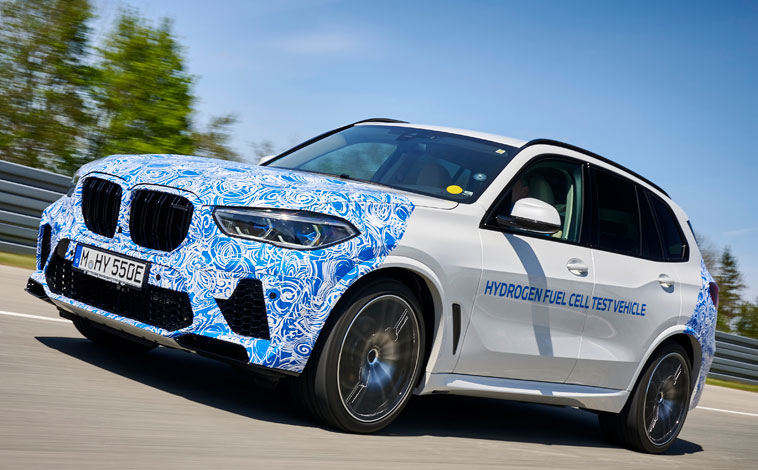
BMW begins hydrogen fuel cell testing
The BMW Group is beginning to test near-standard vehicles with a hydrogen fuel [...]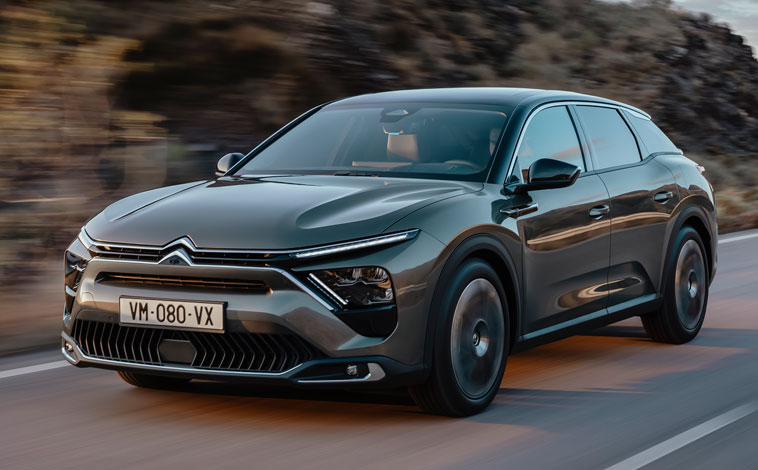
Citroen’s C5 X flagship unveiled
Citroen has unveiled its new C5 X flagship, which adds a new dimension [...]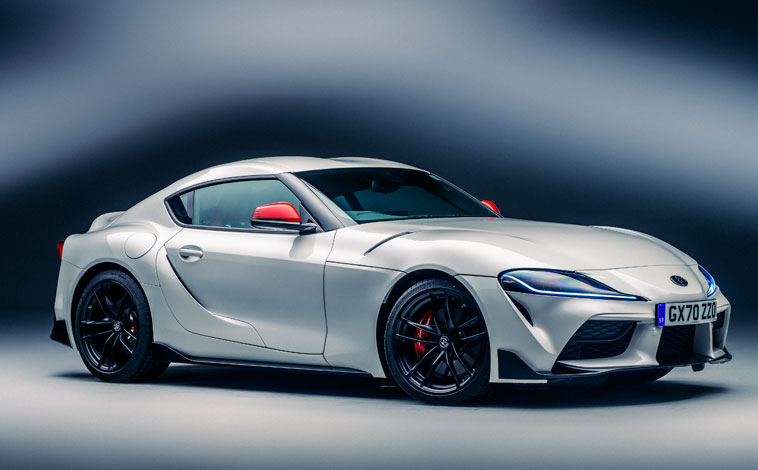
Toyota extends its Supra model line-up
Toyota’s GR Supra performance coupe line-up is growing with the introduction of a [...]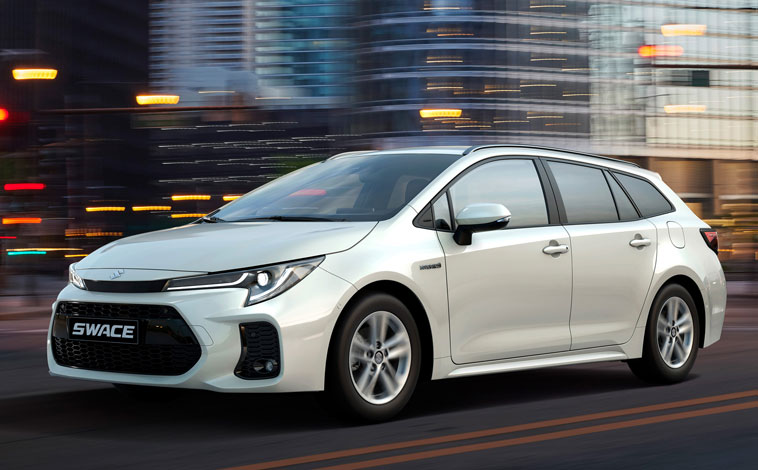
Suzuki unveils its first UK estate car
Suzuki has announced that its second new model in collaboration with Toyota is [...]Toyota announces details of new Hilux
Following the pricing for the Invincible and Invincible X Hilux models which have [...]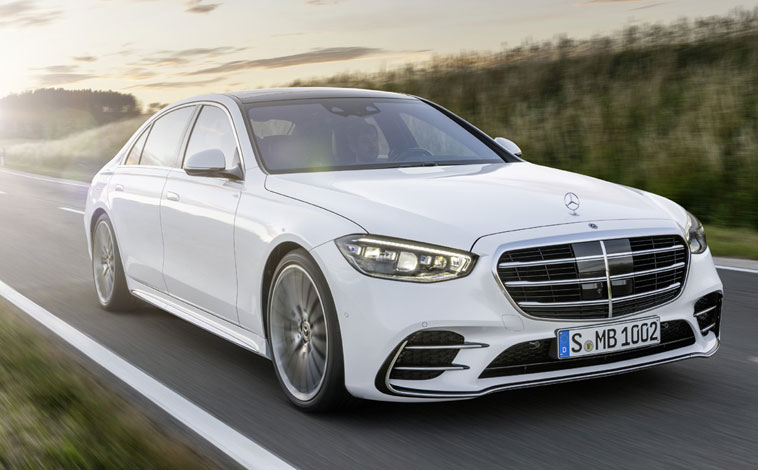
Mercedes raises the bar on its S Class
Mercedes has really upped the ante with its latest S Class flagship saloon [...]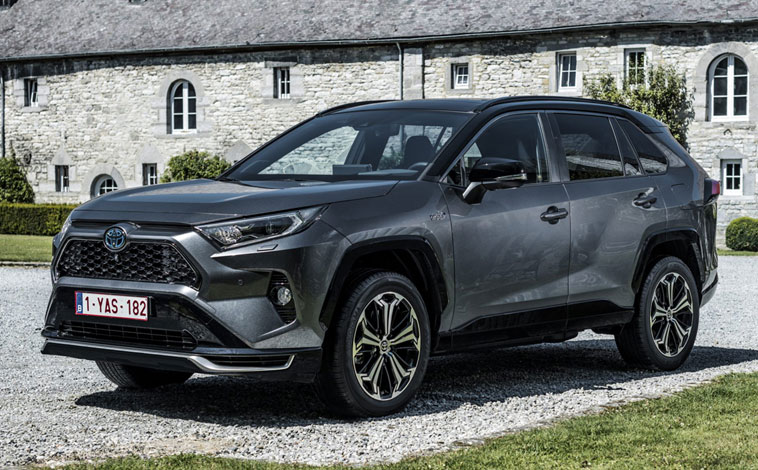
Toyota powers in with new plug-in RAV4
Toyota’s plug-in hybrid RAV4 will be the most powerful version of the ever-popular [...]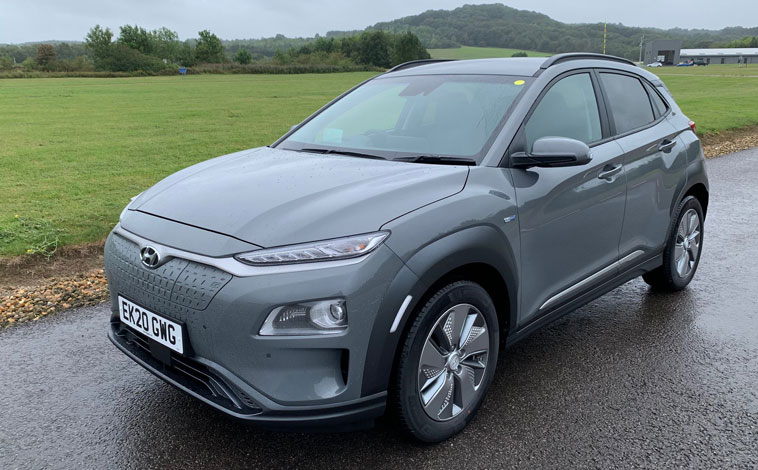
On the charge to an electrified future
This week saw the gathering of 20 of the world’s top car makers [...]Related Reviews
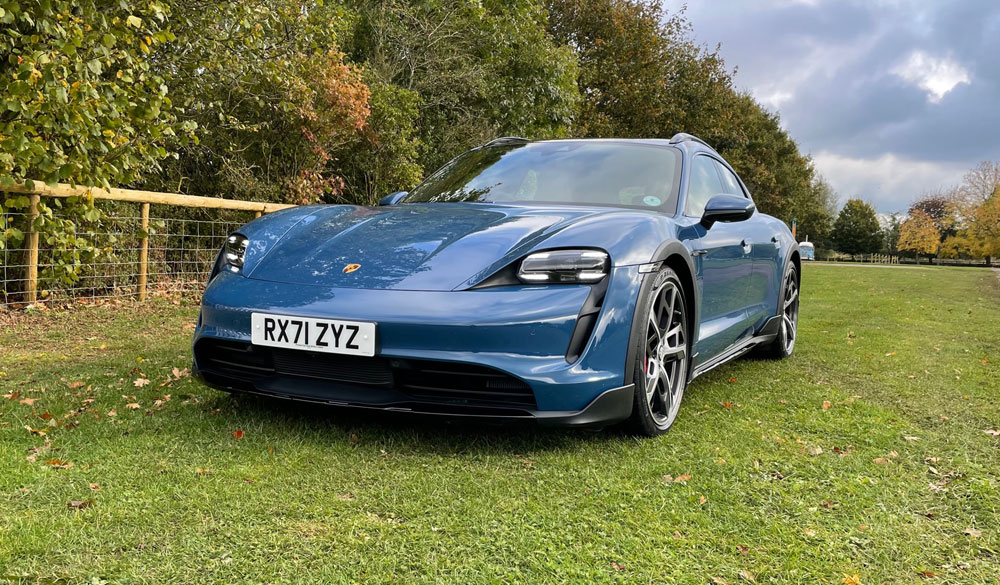
Highlighted Porsche Taycan
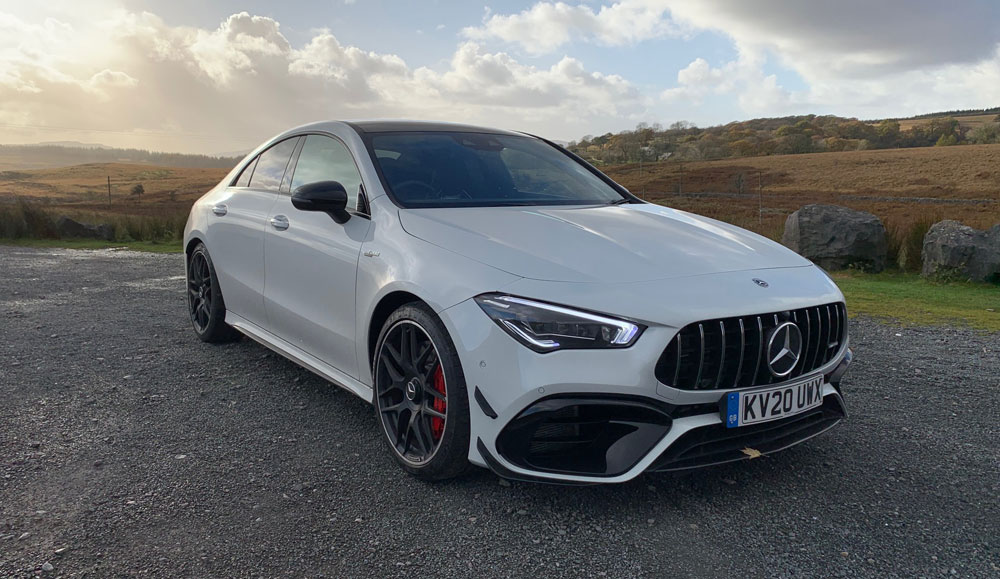
Highlighted Mercedes-Benz CLA-Class
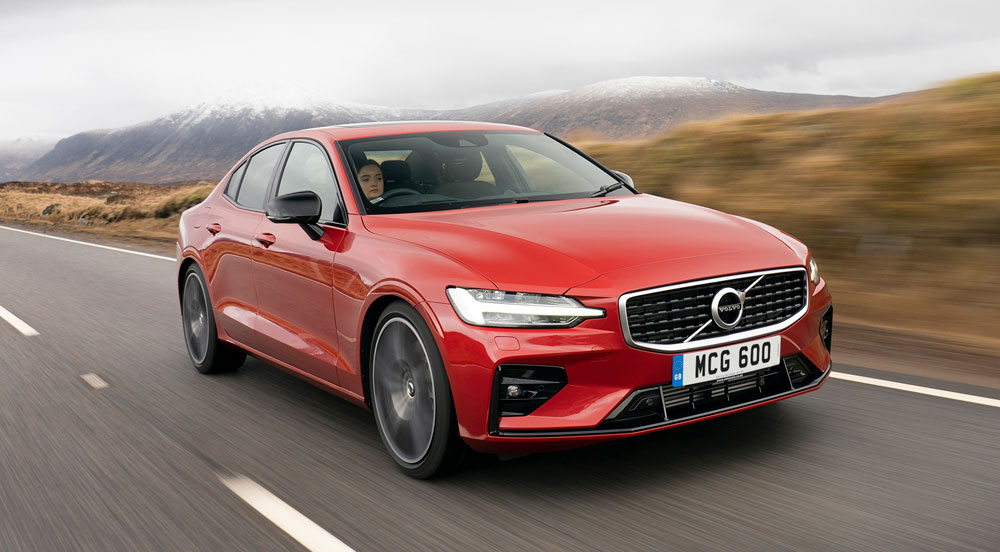
Volvo S60
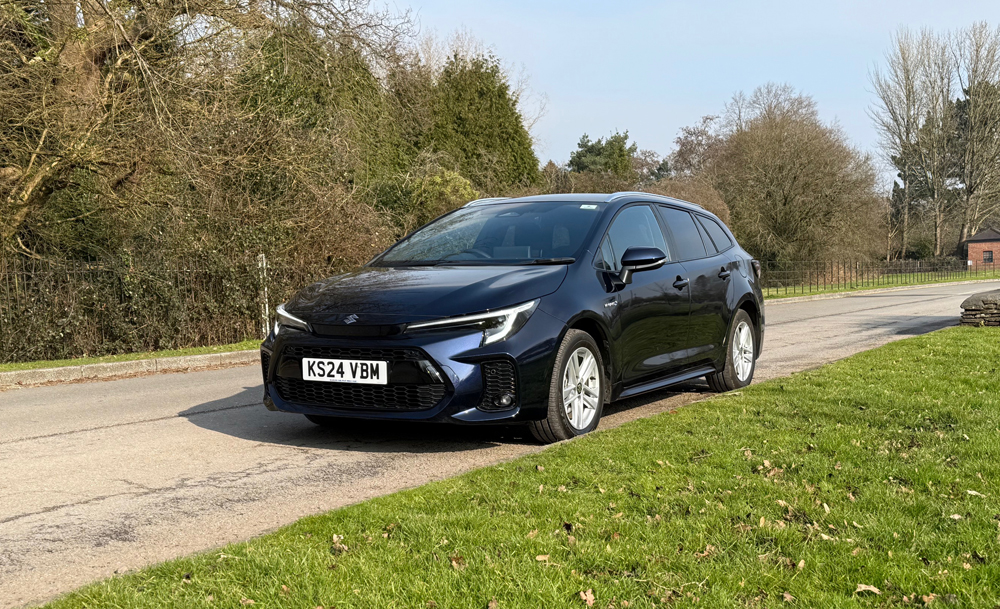
Suzuki Swace
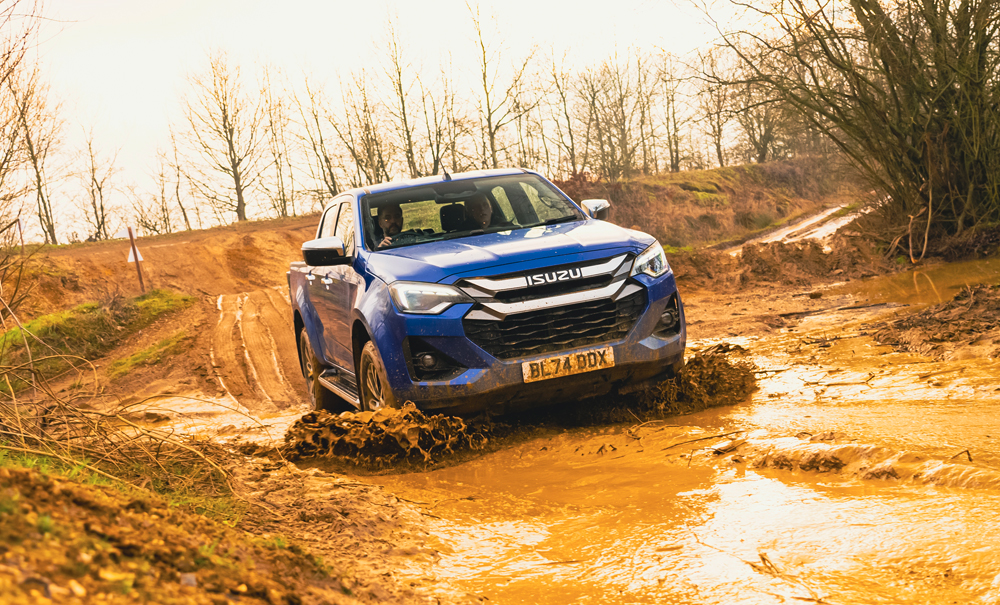
Highlighted Isuzu D-Max
Highlighted Jeep Wrangler
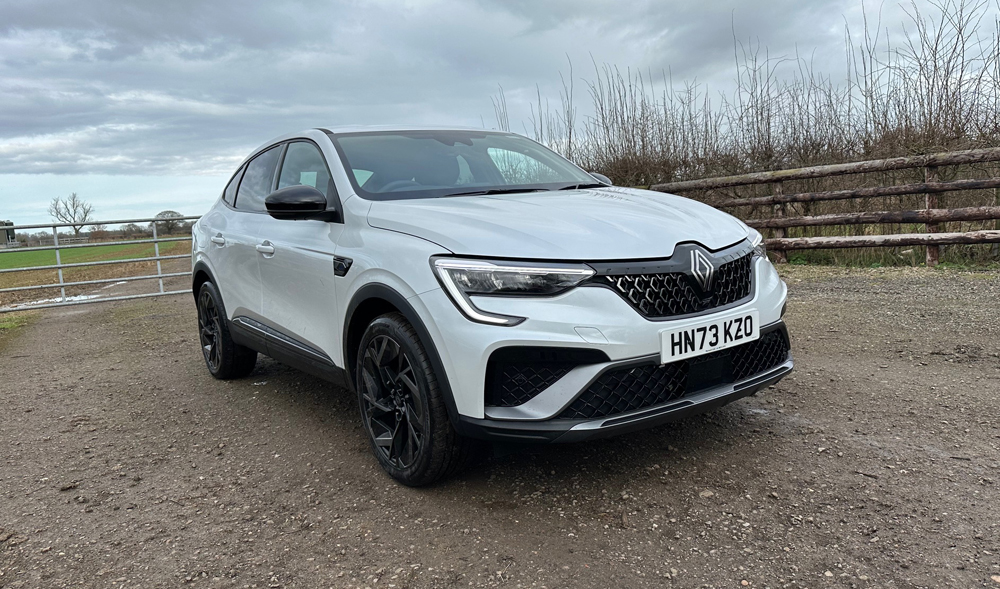
Renault Arkana
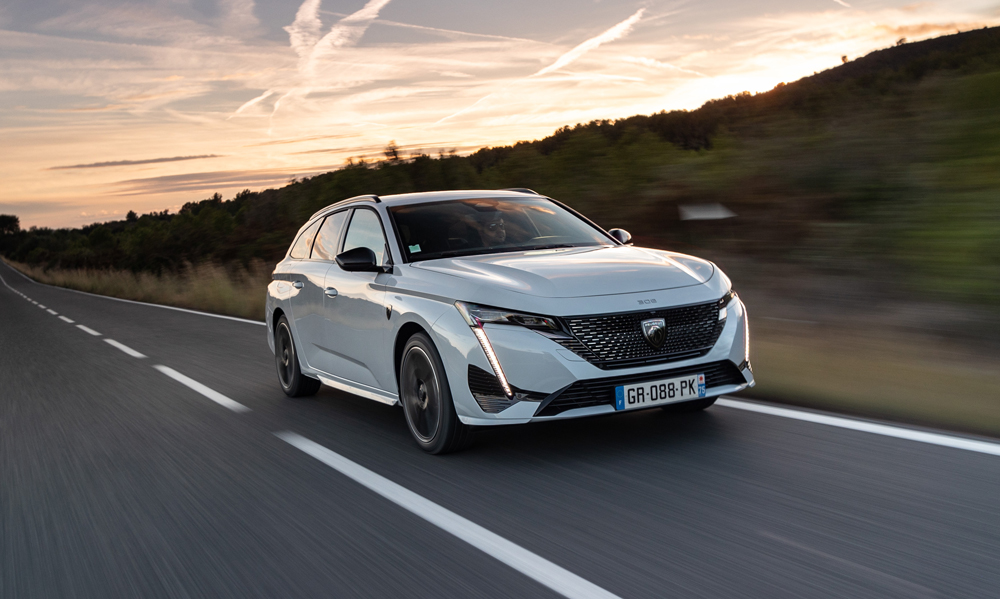
Highlighted Peugeot 308/E-308 SW
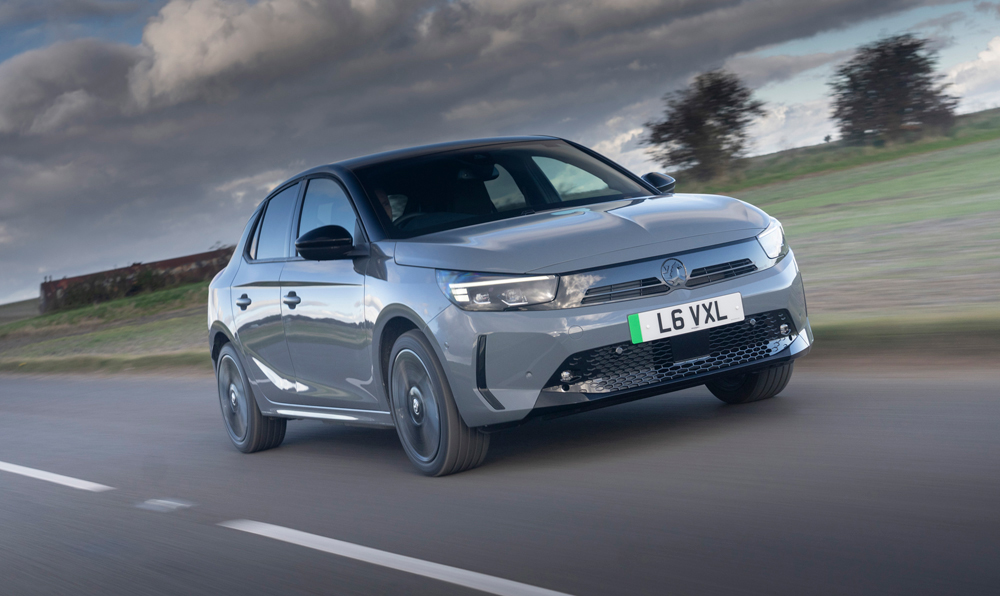
Vauxhall Corsa
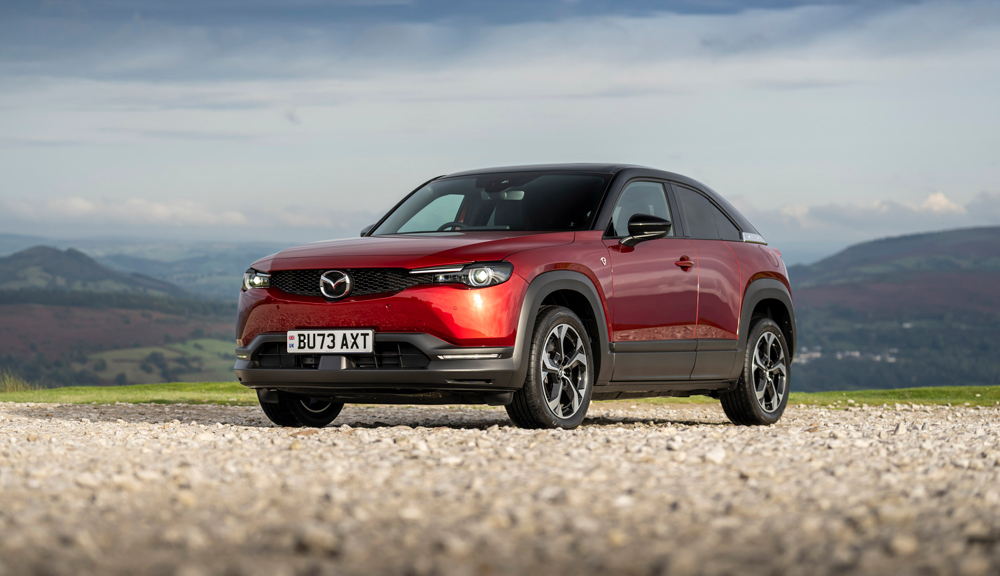
Highlighted Mazda MX-30
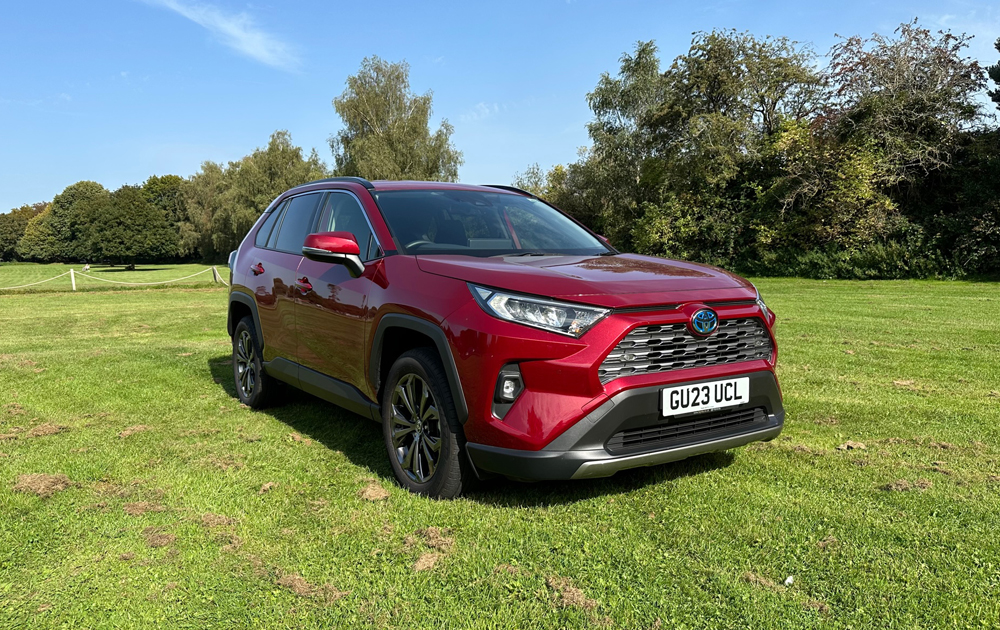
Highlighted Toyota RAV4
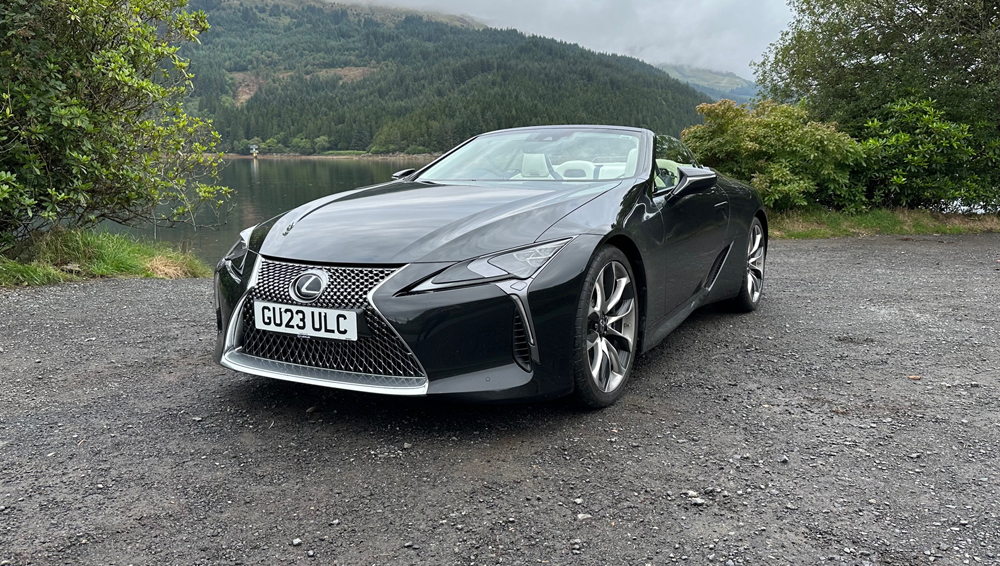
Lexus LC
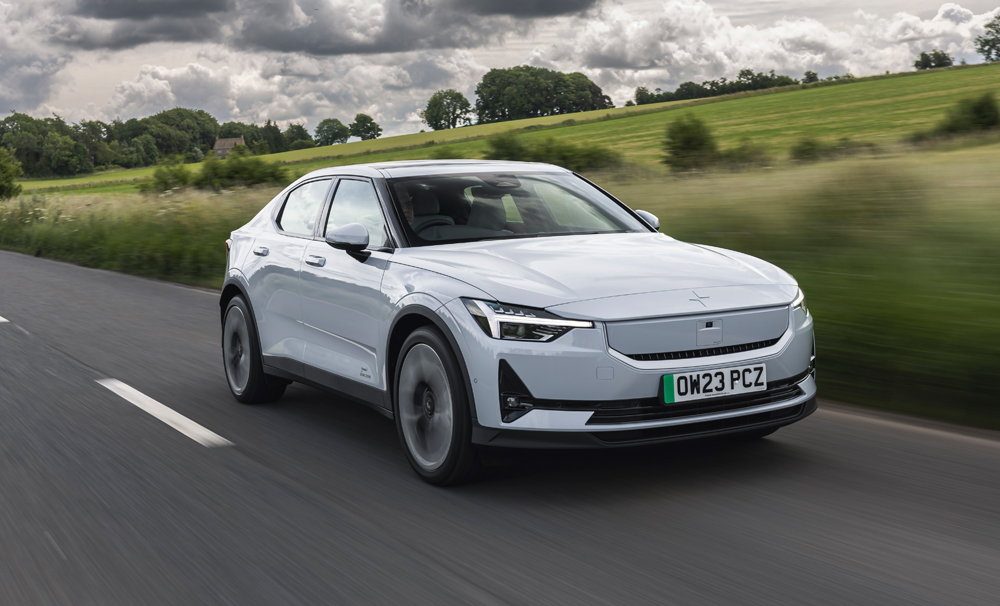
Polestar 2
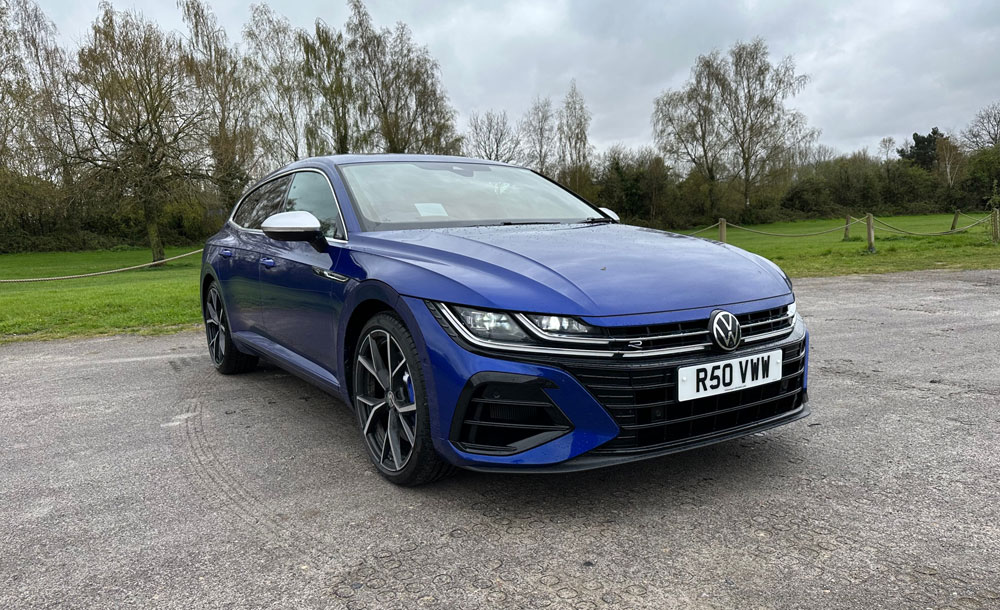
Volkswagen Arteon
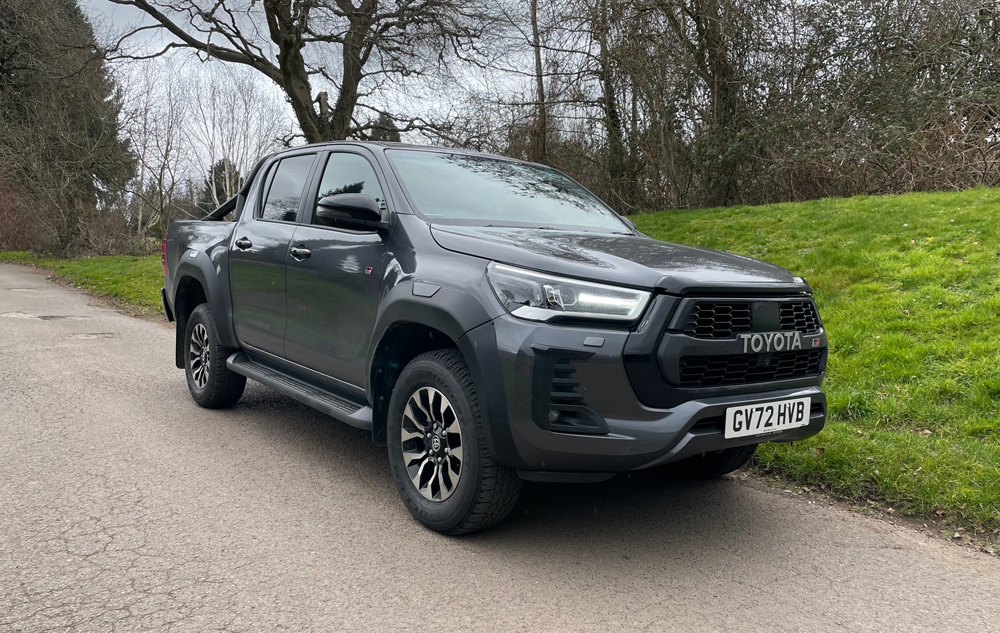
Toyota Hilux
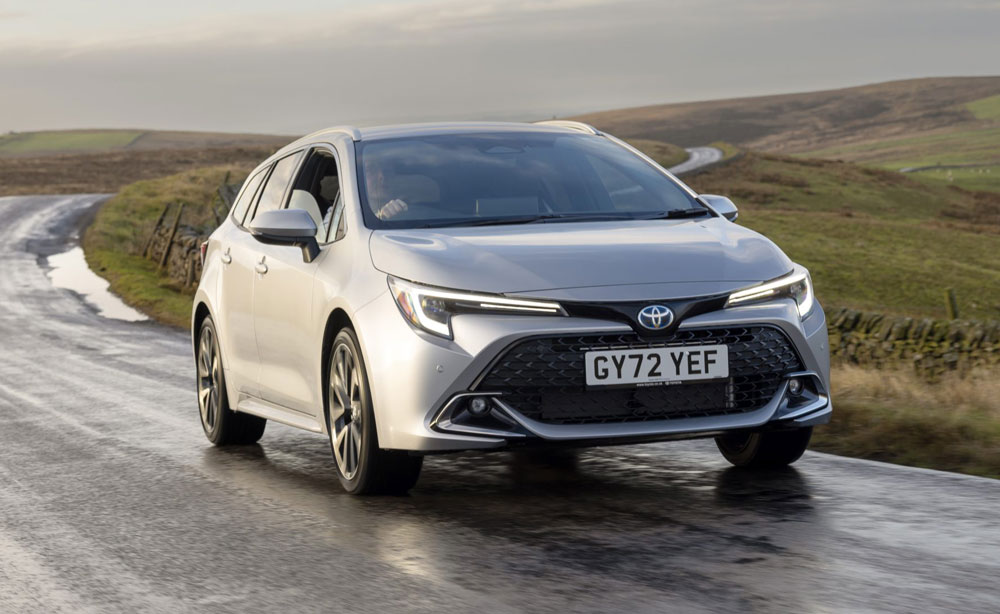
Toyota Corolla
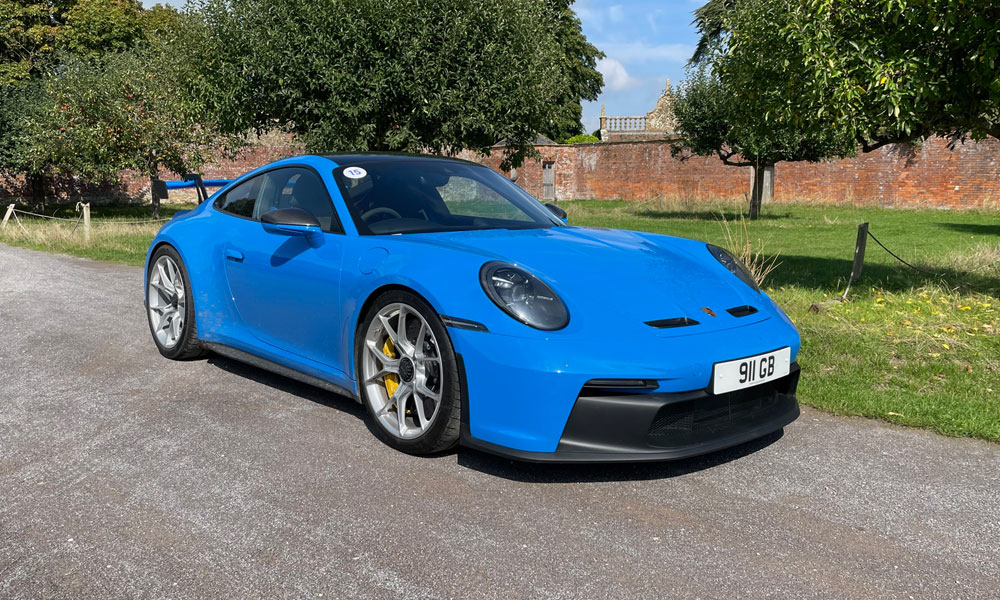
Porsche 911
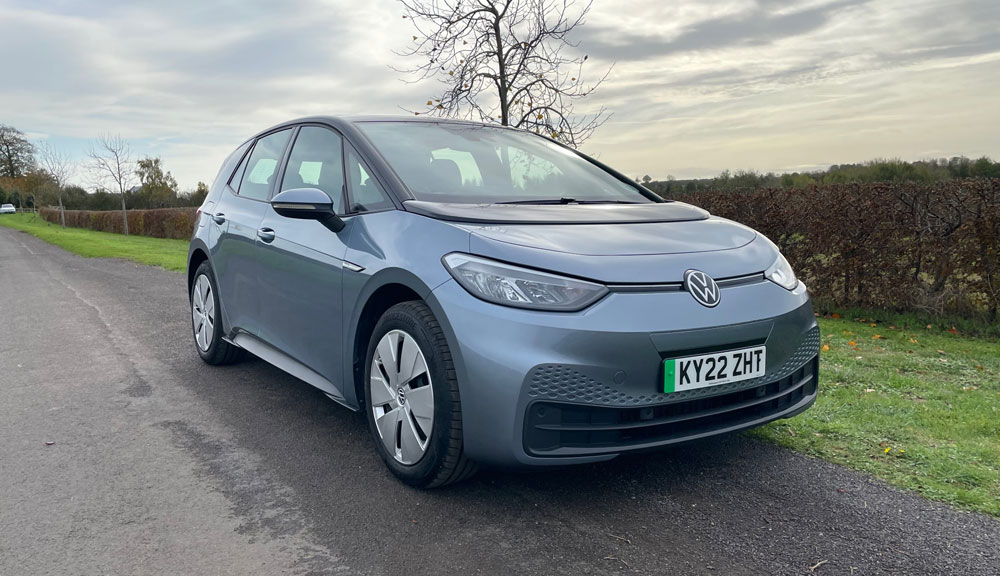
Volkswagen ID.3
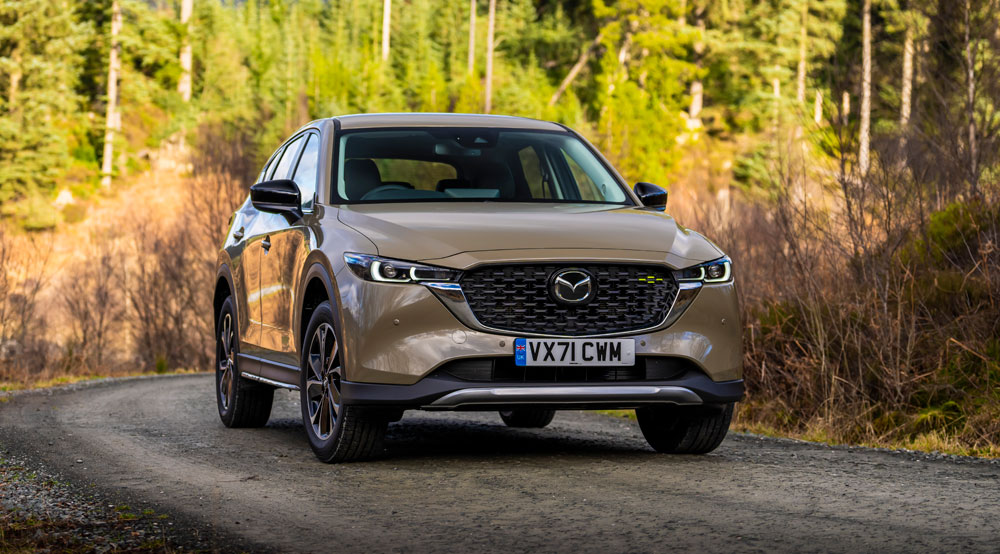
Mazda CX-5
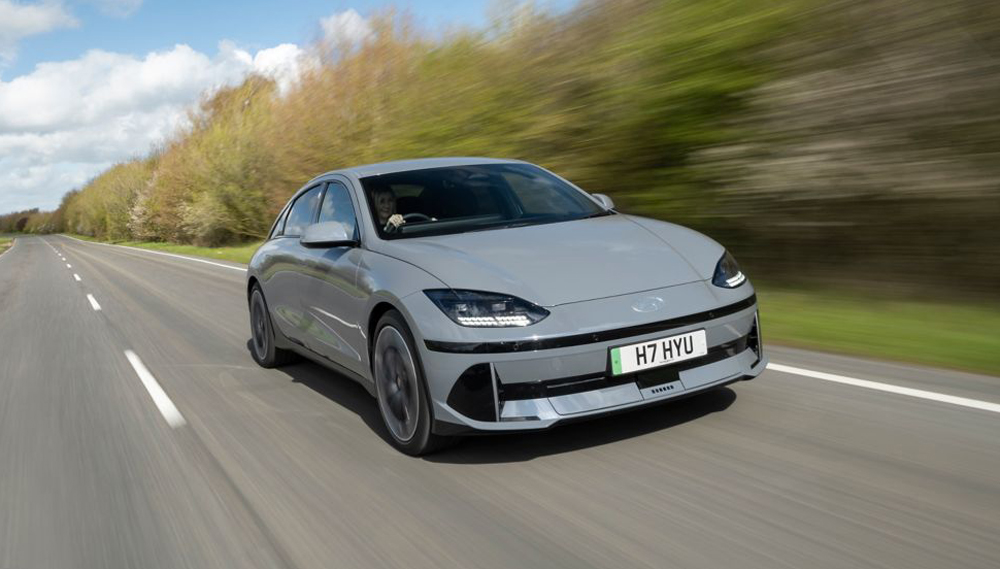
Hyundai IONIQ 6
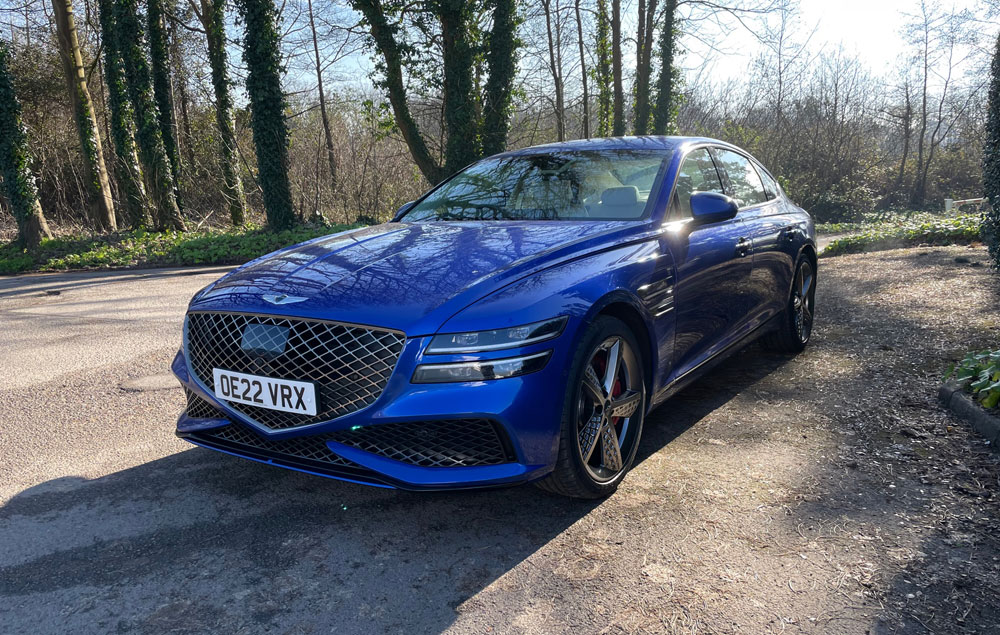
Genesis G80
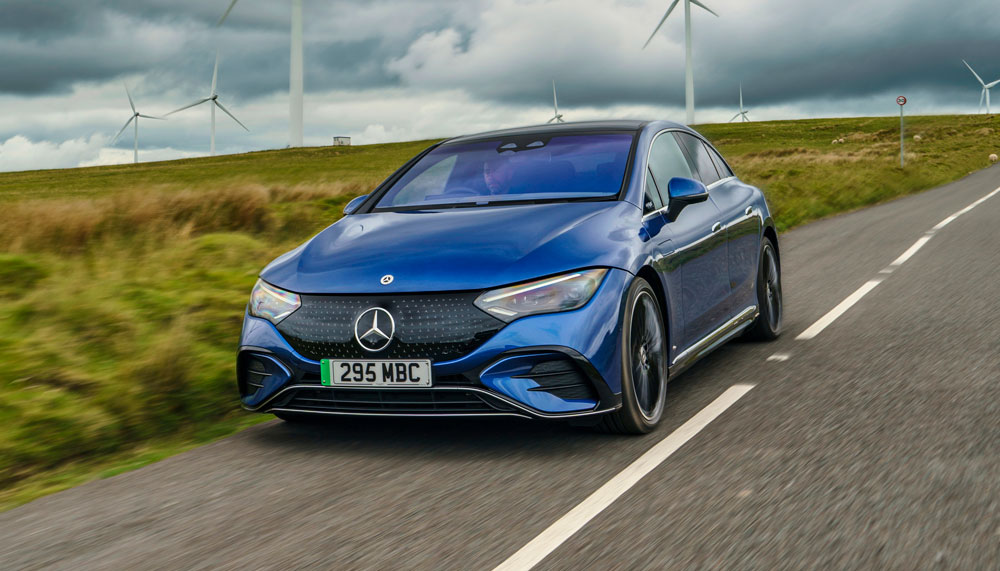
Mercedes-Benz EQE
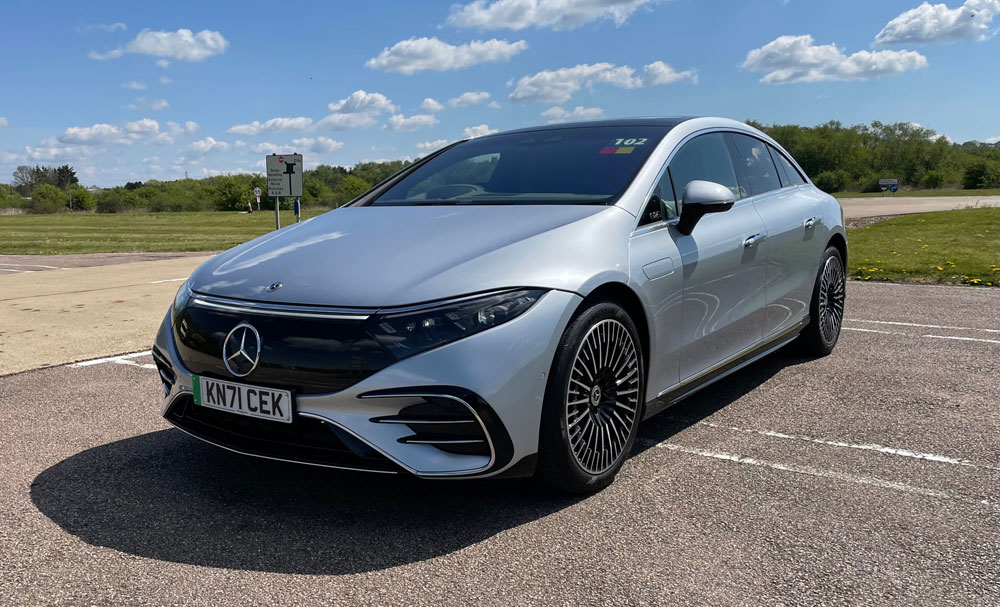
Mercedes-Benz EQS
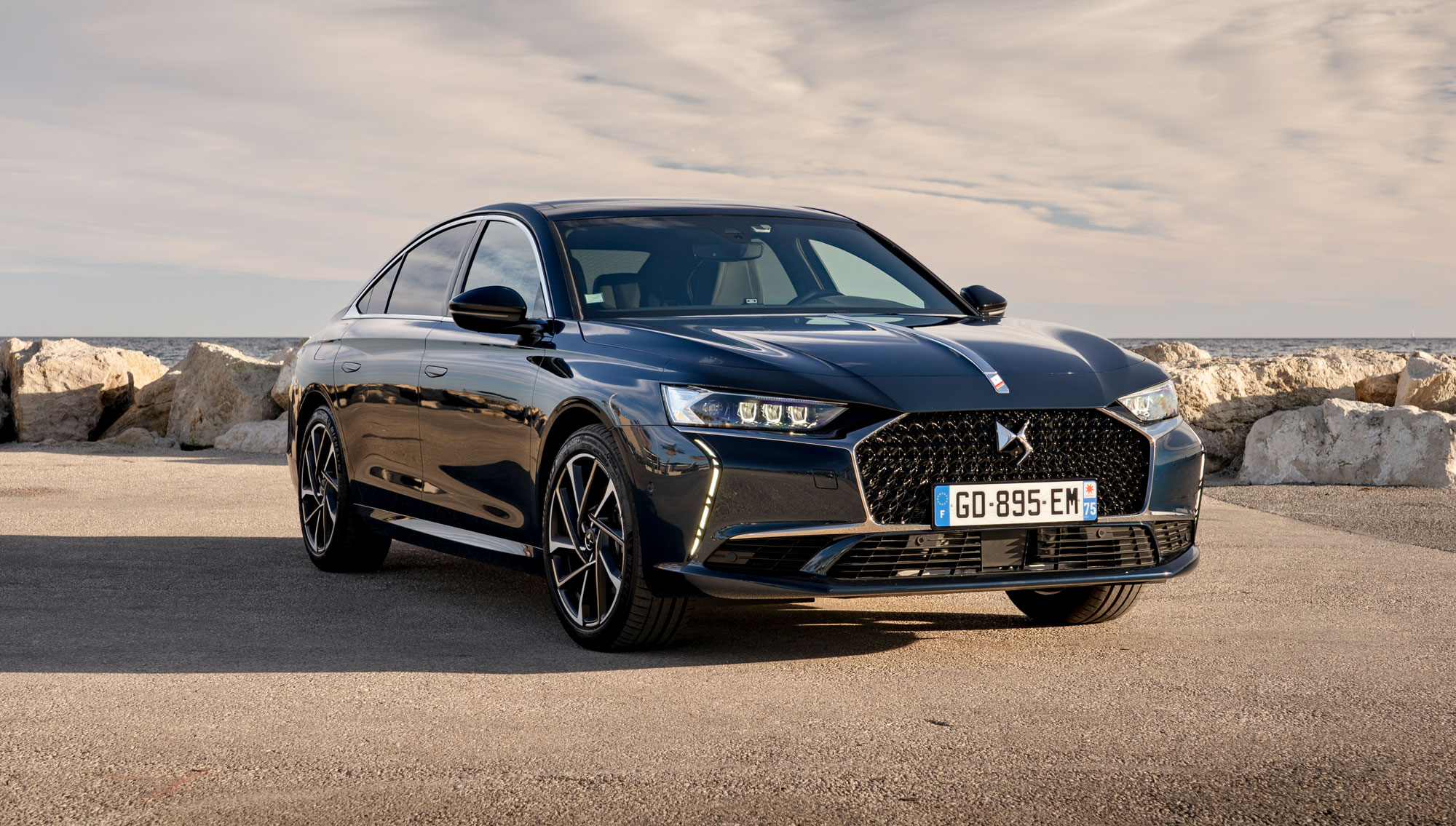
DS DS 9
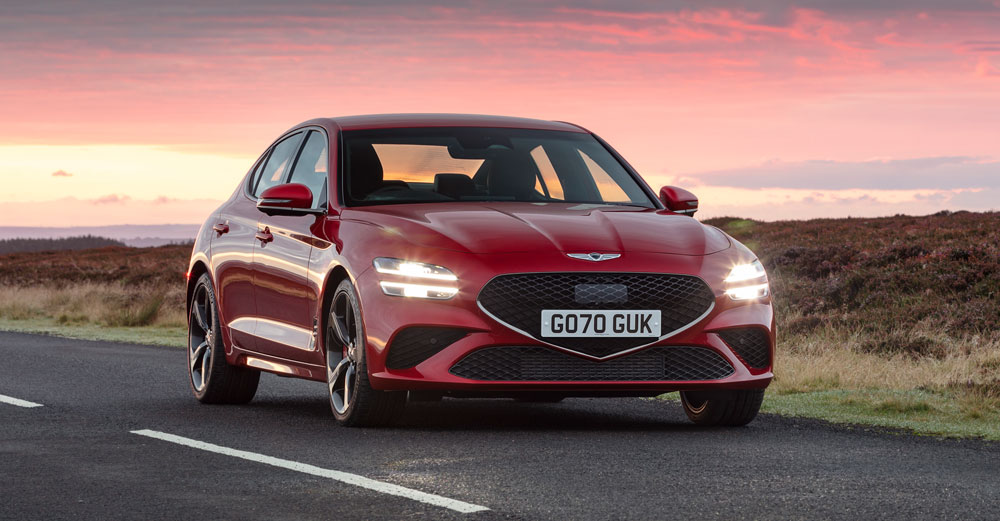
Genesis G70
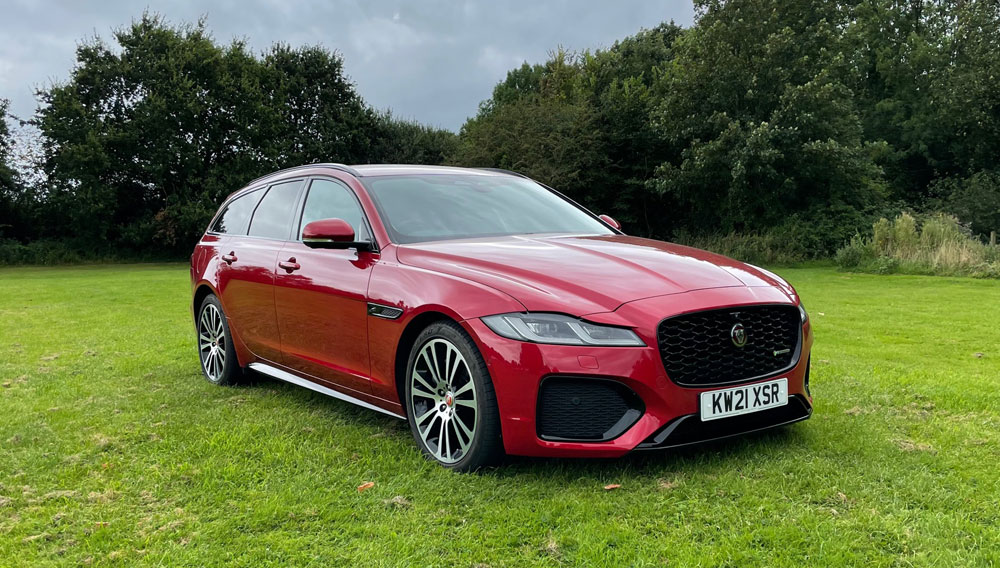
Jaguar XF/XFR
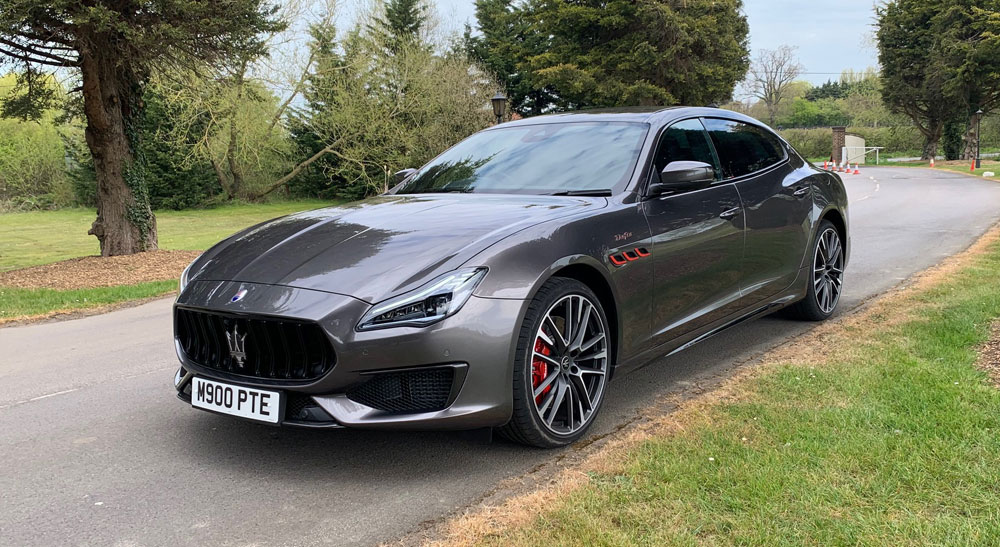
Highlighted Maserati Quattroporte
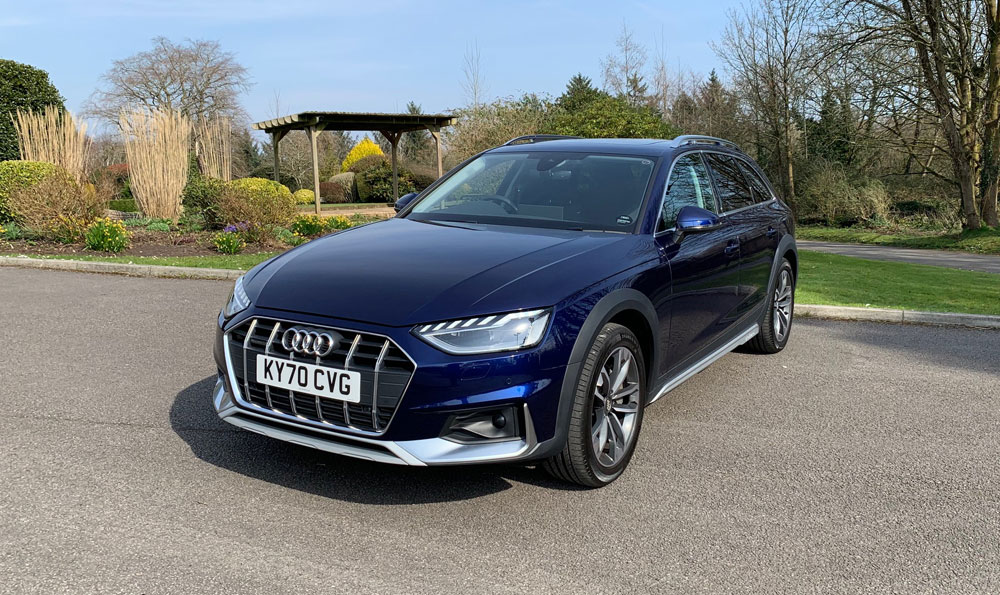
Audi A4
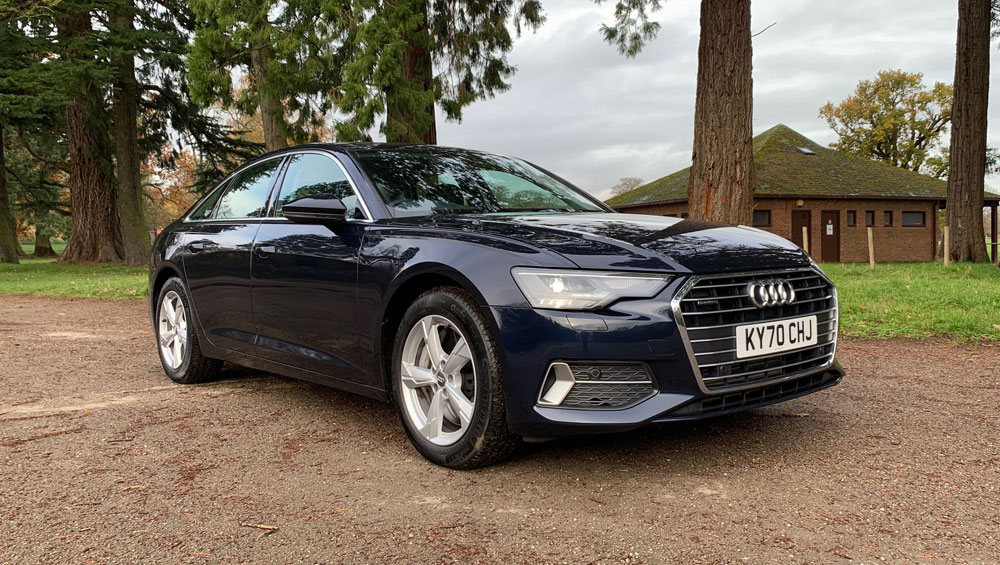
Audi A6

Volvo S60
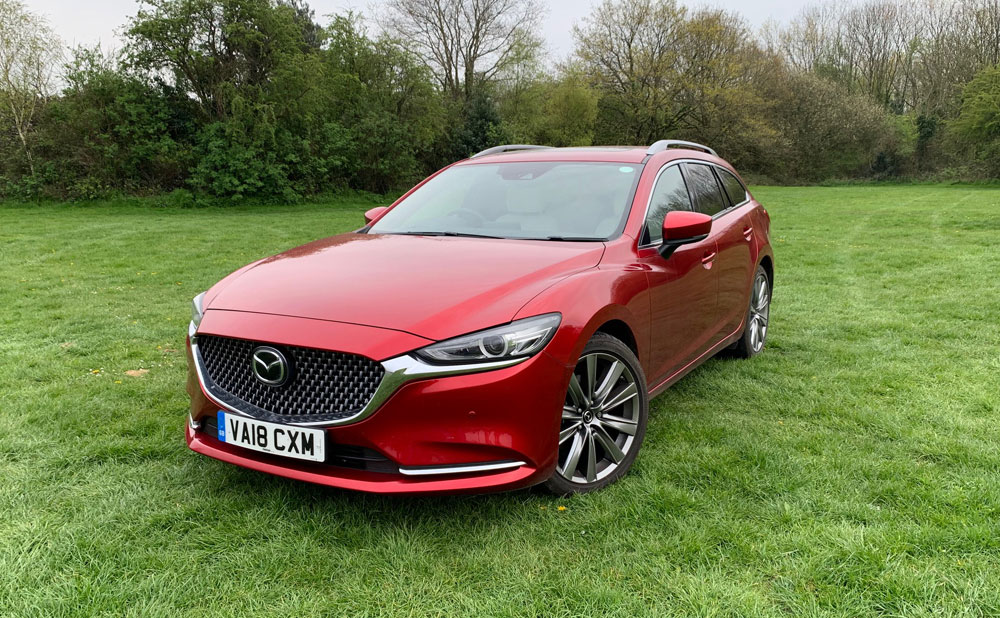
Mazda Mazda6
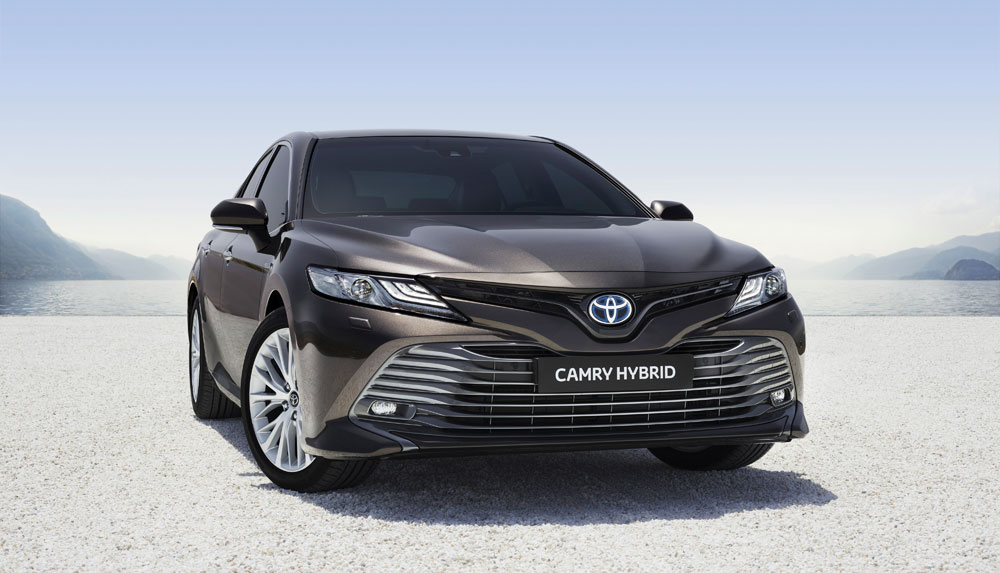
Toyota Camry
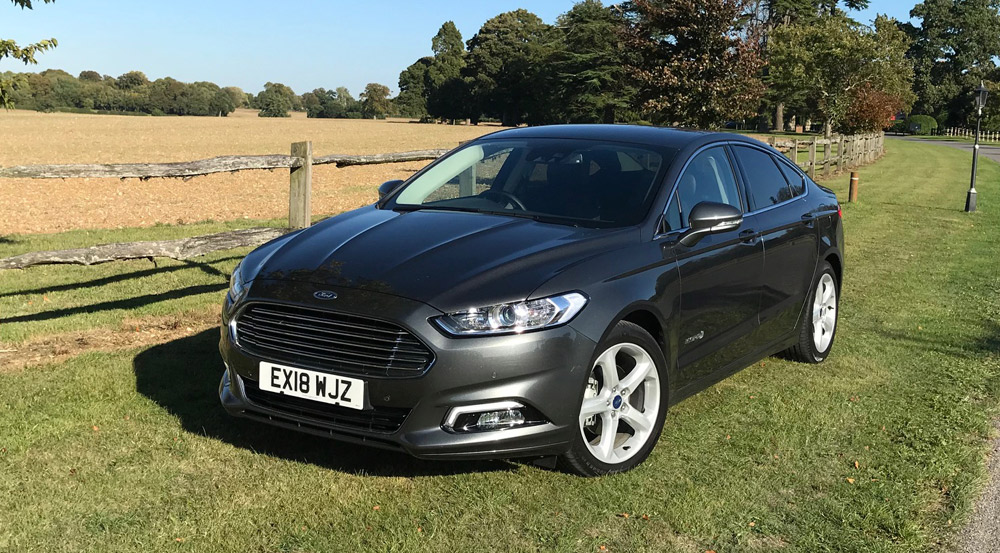
Ford Mondeo
